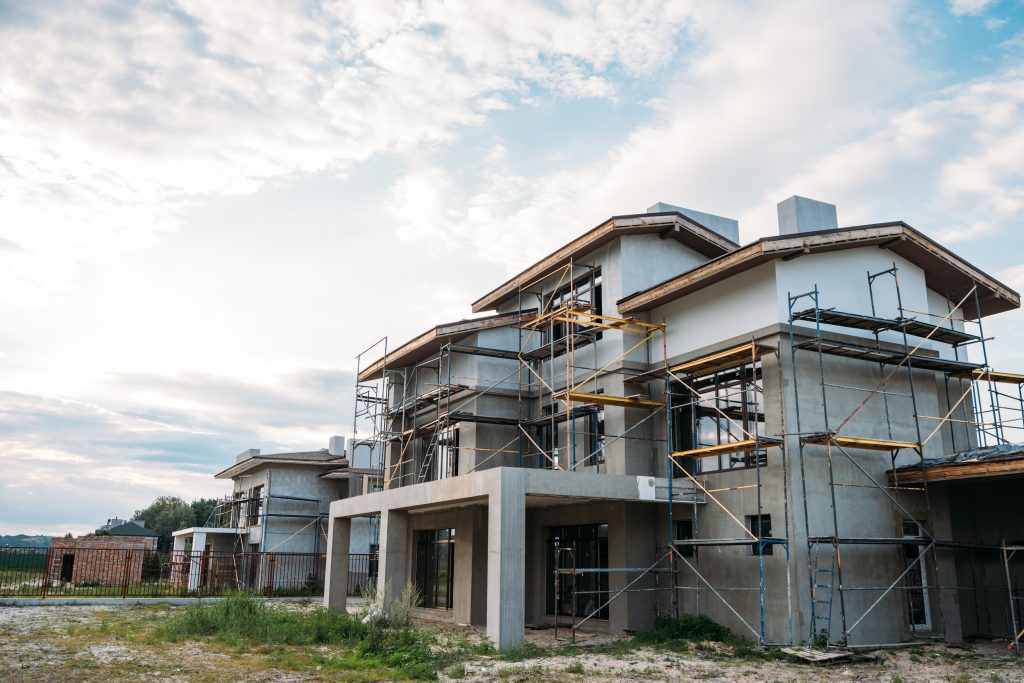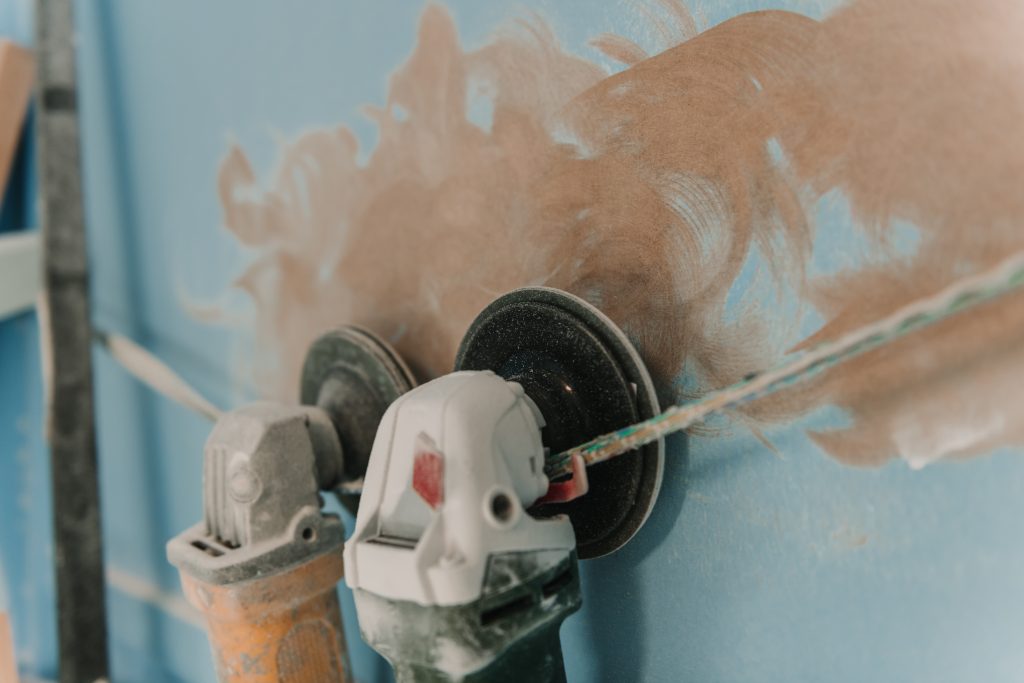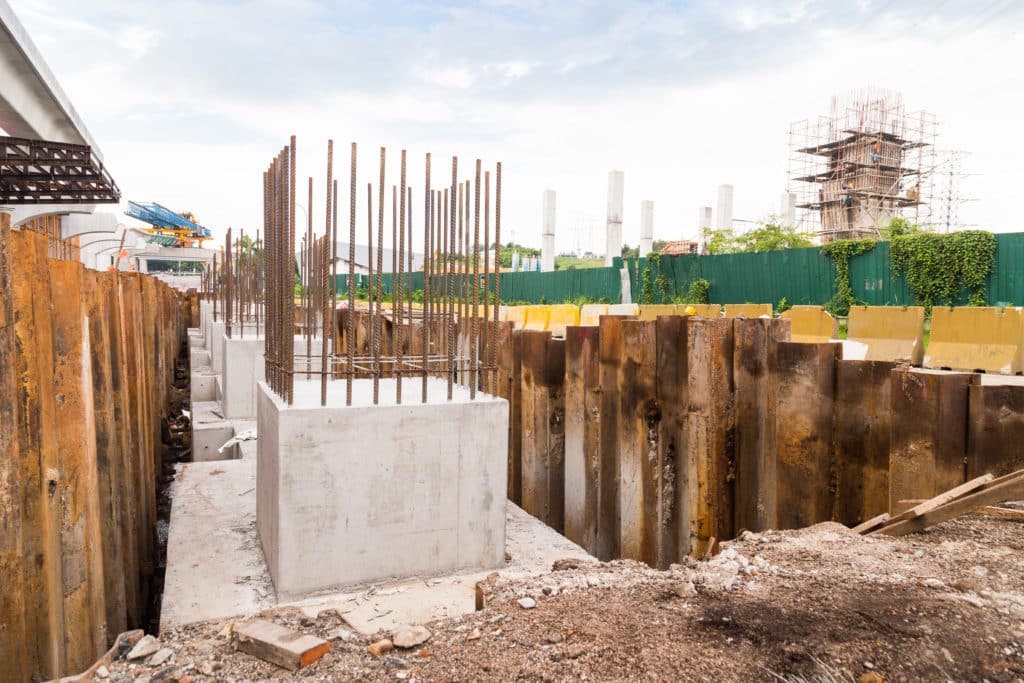Concrete spalling is a common problem that affects many concrete surfaces, including walls, floors, and ceilings. Spalling occurs when the surface layer of the concrete begins to crack, flake, or peel away, exposing the underlying concrete. This can be caused by a variety of factors, including freeze-thaw cycles, chemical exposure, and water damage.
In order to prevent further damage and maintain the structural integrity of the concrete, it is important to address spalling as soon as possible through concrete spalling repair. Concrete spalling repair involves identifying the extent of the damage, assessing the underlying causes, and selecting the appropriate repair method and materials.
Repairing spalled concrete can be a complex process, requiring specialized knowledge and skills. It is important to choose the right approach and materials to ensure a long-lasting and effective repair. This article will provide an overview of concrete spalling repair, including the causes of spalling, the assessment process, and the various repair techniques and materials available.
Understanding Concrete Spalling
Concrete spalling is a condition that occurs when the surface layer of concrete deteriorates, resulting in the formation of small, flaky, and sometimes deep cracks, which can lead to structural damage if left untreated. Spalling is caused by a variety of factors, including exposure to freeze-thaw cycles, chemicals, and water.
Concrete spalling is a common problem, particularly in regions with harsh weather conditions. Spalling can occur in both horizontal and vertical concrete surfaces, such as floors, walls, and ceilings.
When concrete spalling occurs, it is important to address the problem as soon as possible to prevent further damage. If left untreated, spalling can cause structural damage, leading to costly repairs. The first step in repairing concrete spalling is to identify the underlying cause of the problem. This may involve evaluating the condition of the concrete, determining the extent of the damage, and identifying any contributing factors, such as water infiltration.
There are several methods used in concrete spalling repair, depending on the severity of the problem. In some cases, surface repairs may be sufficient, while in others, more extensive repairs may be required. Some common repair methods include patching, resurfacing, and applying coatings.
The goal of concrete spalling repair is to restore the structural integrity of the concrete surface and prevent future damage. By addressing concrete spalling early on, property owners can save money and avoid more extensive repairs down the line.
Identifying the Causes of Concrete Spalling
The deterioration of the surface layer of a building material is often caused by factors such as exposure to harsh weather conditions, chemical reactions, or poor construction practices.
Concrete spalling, in particular, can be caused by several factors. One of the primary reasons for spalling is the use of low-quality concrete or a lack of proper mixing. When the mix is incorrect, it can lead to a weaker surface layer that is prone to spalling. Additionally, the presence of impurities such as excessive water, air, or other foreign materials can also weaken the surface layer and cause it to crumble.
Another significant cause of concrete spalling is exposure to harsh weather conditions. For example, in colder regions, the freeze-thaw cycle can lead to the formation of ice in the concrete. It can cause the surface layer to expand and contract, leading to cracks and eventual spalling. Similarly, in coastal regions, the constant exposure to saltwater and strong winds can lead to the spalling of the concrete surface. The saltwater can penetrate the surface layer and cause corrosion of the rebar, leading to the disintegration of the concrete.
Poor construction practices can also lead to concrete spalling. If the concrete is not properly poured or cured, it can lead to weak surface layers that are prone to spalling. Similarly, if the surface layer is not adequately treated or sealed, it can leave the concrete vulnerable to moisture penetration and other external forces.
Identifying the causes of concrete spalling is crucial in determining the appropriate repair method. By addressing the root cause of the problem and implementing proper maintenance practices, concrete spalling can be prevented in the future.
Assessing the Extent of Damage
Assessing the extent of damage caused by deterioration of the surface layer of building materials is a crucial step in determining the appropriate course of action. The extent of concrete spalling repair required will depend on the degree of damage, type of concrete used, and environmental factors. To properly assess the extent of damage, it is essential to hire an experienced contractor who can accurately identify the cause of the spalling and determine the appropriate repair method.
A thorough assessment of the extent of damage caused by concrete spalling can help a contractor provide an accurate estimate of the cost and time required to complete the repair. In some cases, the damage may be limited to the surface layer, and a simple patching or resurfacing may suffice. However, in severe cases, where the structural integrity of the concrete is compromised, a more extensive repair may be necessary to ensure the safety and stability of the building.
Assessing the extent of damage caused by concrete spalling is not only crucial for determining the appropriate course of action but also for evoking an emotional response in the audience. The potential dangers of concrete spalling, such as falling debris or structural collapse, can be frightening and create a sense of urgency to address the issue promptly. Therefore, it is essential to take concrete spalling seriously and seek professional assistance to assess the extent of damage and implement the appropriate repair method.
Repairing the Damaged Area
One crucial step in restoring the damaged area of concrete spalling is to carefully excavate and remove any debris or contaminants that may compromise the structural integrity of the surrounding materials. This process is similar to a surgeon removing a tumor from a patient’s body. The damaged area must be prepared thoroughly before any repair work can commence. If contaminants are left behind, they can cause further damage to the surrounding materials.
Once the area has been excavated and cleaned, the next step is to repair the damaged concrete. There are different methods of repairing concrete spalling, depending on the extent of the damage. One common method is to apply a bonding agent to the damaged area. The bonding agent helps to strengthen the bond between the old and new concrete. Once the bonding agent is applied, a new layer of concrete is poured over the damaged area.
After the new concrete has been applied, it needs to be cured properly to ensure that it sets and hardens correctly. This process can take several days, depending on the type of concrete used and the extent of the damage. Once the concrete has cured, it may be necessary to apply a sealant or coating to protect the new concrete from further damage. This step is important to ensure that the repair work lasts for many years to come.
Choosing the Right Repair Material
When selecting the appropriate substance for fixing deteriorated concrete, it is crucial to consider factors such as the extent of the damage, the environment, and the expected load capacity.
There are various repair materials available in the market, each with its unique properties and characteristics. For instance, epoxy-based materials are known for their high strength and durability, making them suitable for repairing concrete in high-traffic areas.
On the other hand, polymer-modified cementitious materials are ideal for repairing larger areas of damaged concrete due to their ability to bond well with the existing concrete, making them more resistant to future damage.
Another essential factor to consider when choosing the right repair material is the environment in which the concrete is located. For instance, if the concrete is exposed to harsh weather conditions, it is essential to select a material that is resistant to freeze-thaw cycles, such as silane or siloxane-based materials. Similarly, if the concrete is exposed to chemicals such as acids or solvents, it is crucial to select a material that is resistant to chemical attack, such as vinyl ester resins or urethane-based materials.
Lastly, the expected load capacity of the repaired concrete must also be considered when choosing the right repair material. For instance, if the concrete is expected to bear heavy loads, it is essential to select a material that can withstand such loads, such as high-strength concrete or fiber-reinforced polymer composites.
Failure to consider the expected load capacity could result in the repaired concrete failing prematurely, leading to costly repairs and potential safety hazards.
Frequently Asked Questions
How can I prevent concrete spalling in the future?
Concrete spalling is a common issue that can result from a variety of factors, including freeze-thaw cycles, salt damage, and inadequate curing.
Fortunately, there are several steps that can be taken to prevent spalling in the future. First and foremost, it is important to ensure that the concrete is properly mixed, placed, and cured according to industry standards.
Additionally, it is recommended to use a high-quality concrete mix that is resistant to cracking and spalling. Proper maintenance, including regular cleaning and sealing, can also help to prevent spalling.
Finally, it may be beneficial to consult with a professional concrete contractor who can provide additional guidance and recommendations specific to your project and location.
By taking these preventative measures, you can help to ensure that your concrete remains strong and durable for years to come.
Can concrete spalling be caused by weather conditions?
Concrete spalling is a common issue that occurs when the surface of concrete breaks down and crumbles due to a variety of factors such as poor installation, chemical exposure, and freeze-thaw cycles.
While weather conditions can contribute to concrete spalling, they are not the sole cause. Freeze-thaw cycles, in particular, can cause water to enter the concrete and expand when it freezes, resulting in cracks and spalling.
Other factors such as chemical exposure and poor installation can weaken the concrete and lead to spalling as well.
It is imperative to address concrete spalling promptly to prevent further damage and ensure the longevity of the structure. Regular maintenance, including sealing and repairing cracks, can help prevent concrete spalling from occurring in the first place.
Is it safe to use DIY concrete spalling repair kits?
It is not recommended to use DIY concrete spalling repair kits due to the potential risks and lack of expertise required.
Concrete spalling repair involves identifying the root cause of the problem and addressing it with the appropriate repair method.
Failure to properly diagnose and repair the issue can result in further damage and safety hazards.
Professional contractors have the necessary knowledge, experience, and equipment to effectively repair concrete spalling and ensure the safety of the structure.
It is important to prioritize safety and seek professional help when dealing with concrete spalling repair.
How long does the repair process take?
The repair process for concrete spalling varies depending on the severity of the damage and the size of the area that needs to be repaired. Generally, smaller repairs can be completed in a matter of hours, while larger repairs may take several days or even weeks to complete.
According to a survey conducted by the Concrete Network, the average concrete repair project takes approximately 4-6 hours to complete. However, this timeframe can be extended if additional repairs are needed or if weather conditions are not favorable.
It is important to note that the repair process must be completed properly to ensure that the concrete is safe and structurally sound. This may require the use of specialized equipment and materials, which should only be handled by trained professionals.
Will the repaired area match the rest of the concrete surface in color and texture?
The repaired area may not match the rest of the concrete surface in color and texture due to several factors, such as the age of the existing concrete and the availability of matching materials.
Concrete spalling repair involves removing the damaged and loose concrete, preparing the surface, and applying a new layer of concrete or a bonding agent. The repair process can take anywhere from a few hours to several days, depending on the extent of the damage and the weather conditions.
It is important to note that the repaired area may look different from the surrounding concrete surface, especially if it has been exposed to different weather conditions or if the original concrete surface has aged over time. However, professional contractors use various techniques and tools to match the color and texture of the new concrete to the existing surface as closely as possible.
Conclusion
Concrete spalling repair is a process that involves assessing, repairing, and restoring damaged concrete surfaces. The first step in the repair process is to understand what concrete spalling is and the causes of this damage.
Concrete spalling occurs when the surface of the concrete starts to flake, chip or peel off, leaving behind an unsightly and potentially hazardous surface. The causes of concrete spalling can range from exposure to freeze-thaw cycles, moisture, and chemical exposure.
Identifying the extent of damage is crucial to determine the appropriate repair method and material. Once the extent of damage is assessed, the damaged area needs to be repaired. Choosing the right repair material is essential to ensure that the repair is effective and long-lasting.
The repair material should be compatible with the existing concrete surface and should also provide adequate protection against further damage. In conclusion, concrete spalling repair is a technical process that requires knowledge and expertise in the field of concrete repair.
It is essential to understand the causes of concrete spalling, assess the extent of damage, and choose the right repair material to ensure a successful repair. By following these steps, the damaged concrete surface can be restored to its original condition, providing a safe and aesthetically pleasing surface for years to come.
The juxtaposition of technical knowledge and practical application is crucial in the concrete spalling repair process to ensure that the repair is both effective and long-lasting.

 CALL US NOW
CALL US NOW



